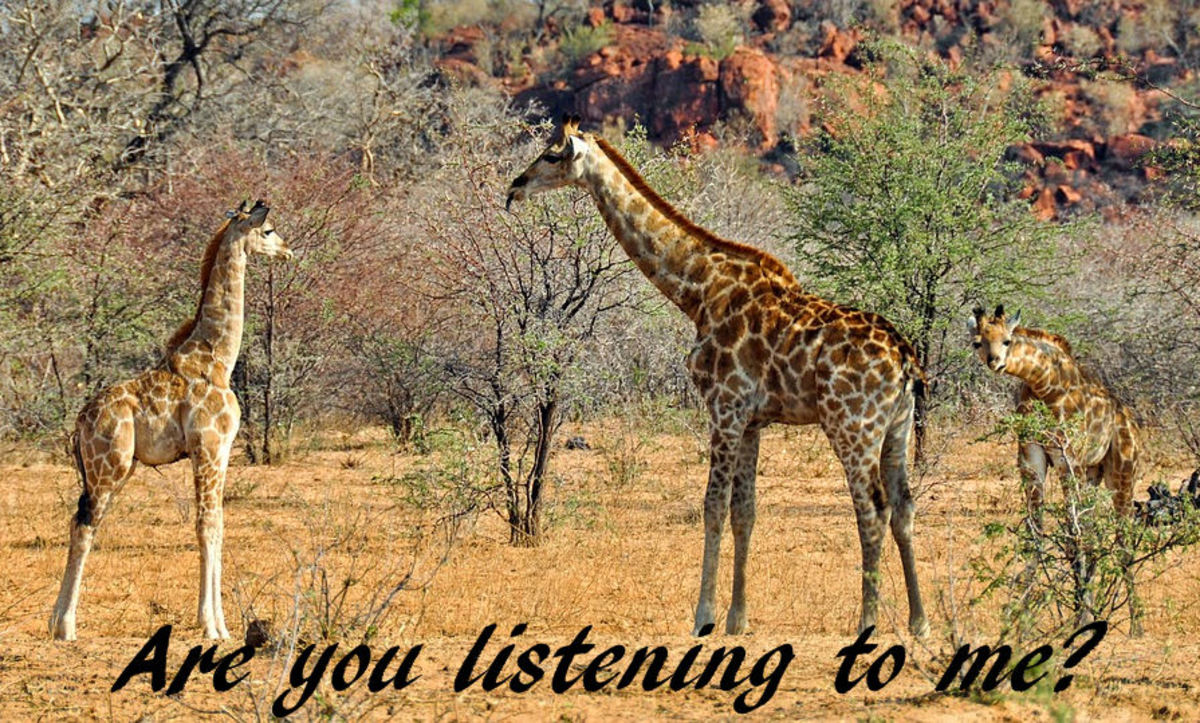
The hum is pitched at a low frequency, but well within the range of human hearing. Instead, they found that giraffes typically “hum,” and only at nighttime. The research team found no low-frequency giraffe sounds, as had been proposed. Human hearing nominally ranges from 20 Hz to 20,000 Hz the researchers recorded all sounds from 10 Hz to 40,000 Hz. In case infrasonic giraffe sounds had previously escaped notice, the researchers made sure to capture a wide range of audio frequencies. (For example, elephants, another large animal, are known to produce very low-pitched rumbles.) Thus the reason no one has noted giraffe sounds might be that they are too low in frequency for our ears. It had been suggested that the long airway in the giraffe’s neck might produce infrasonic sounds, that is, very deeply pitched sounds below the range of human hearing. They are basically short bursts of air, without any apparent attempt to shape a recognizable sound and without a dominant sound frequency. There are anecdotal reports of occasional giraffe sounds that have been called “bleat”, “brrr”, “burst”, “cough”, “growl”, “grunt”, “low” “moan”, “moo”, “sneeze”, “snore” or “snort.” However, these noises occur only rarely. When we say that giraffe sounds are unknown, it does not mean that the animals are totally silent. They recorded at least 22 animals, day and night, collecting almost a thousand hours of audio. The researchers spent several months visiting three European zoos: Tierpark Berlin, Copenhagen Zoo and Vienna Zoo. I had no idea of the answer to the article’s question, and all I could think of was the video by the Ylvis brothers that asks “ What Does the Fox Say?” Giraffe Sounds: Research Approach During this time I could not remember any giraffe sounds other than a snort or snuffle: normal breathing sounds. I have seen many giraffes in zoos and up close in wild animal parks, and have even on occasion fed them snacks of grass under the supervision of a naturalist.


Two cognitive biologists from the University of Vienna teamed up with an employee of Tierpark Berlin, one of Berlin’s two zoos, and discovered something that no one has ever suspected – that giraffes make vocal sounds on purpose, and that giraffe sounds appear to be used as a means of communication.Ī lion “roars”, a dog “barks”, an elephant “trumpets”, but what does a giraffe sound like?

Last month a research article about giraffe sounds caught my attention, and you may have seen reports of it as well. It reveals something never before known about one of nature’s most beloved wild animals.


 0 kommentar(er)
0 kommentar(er)
